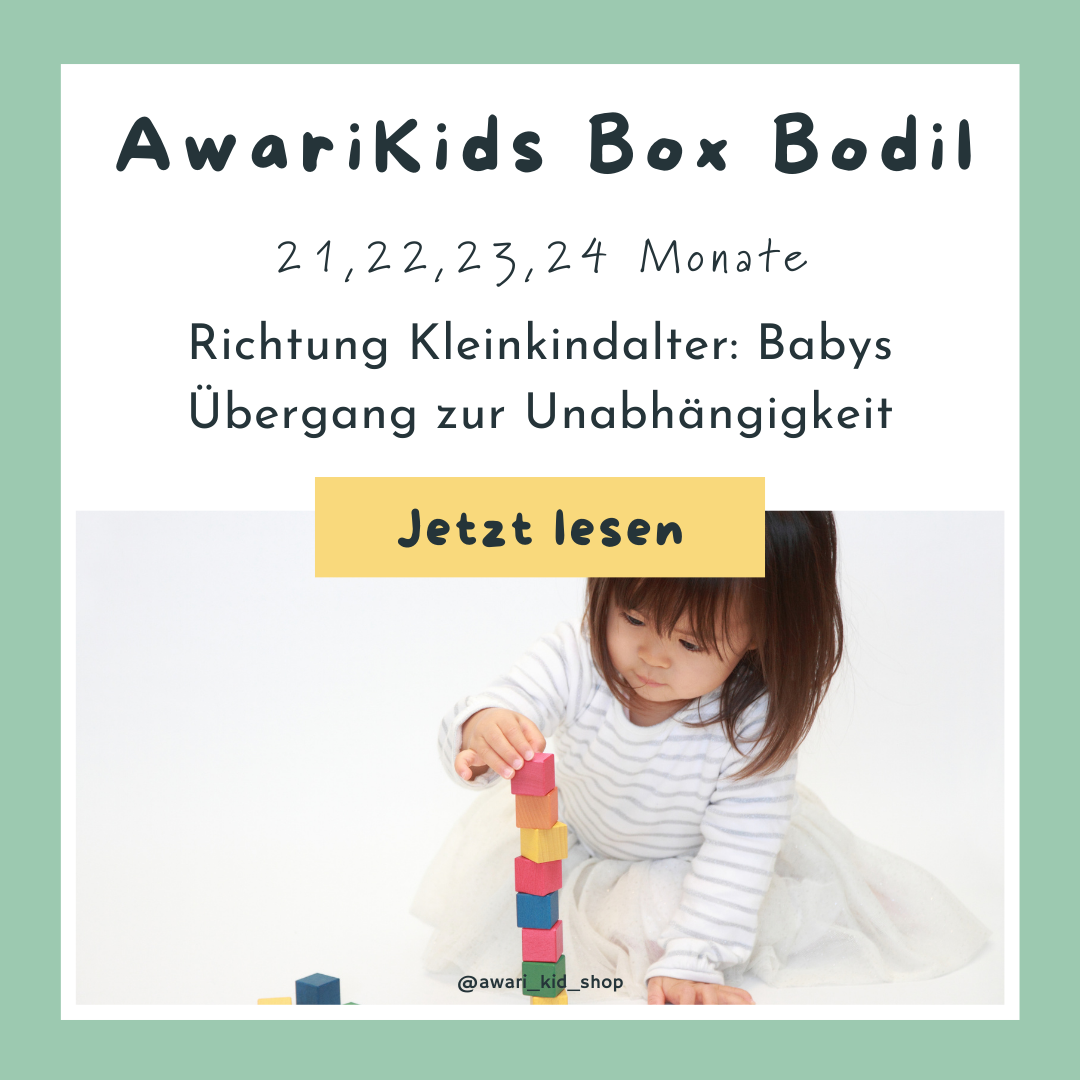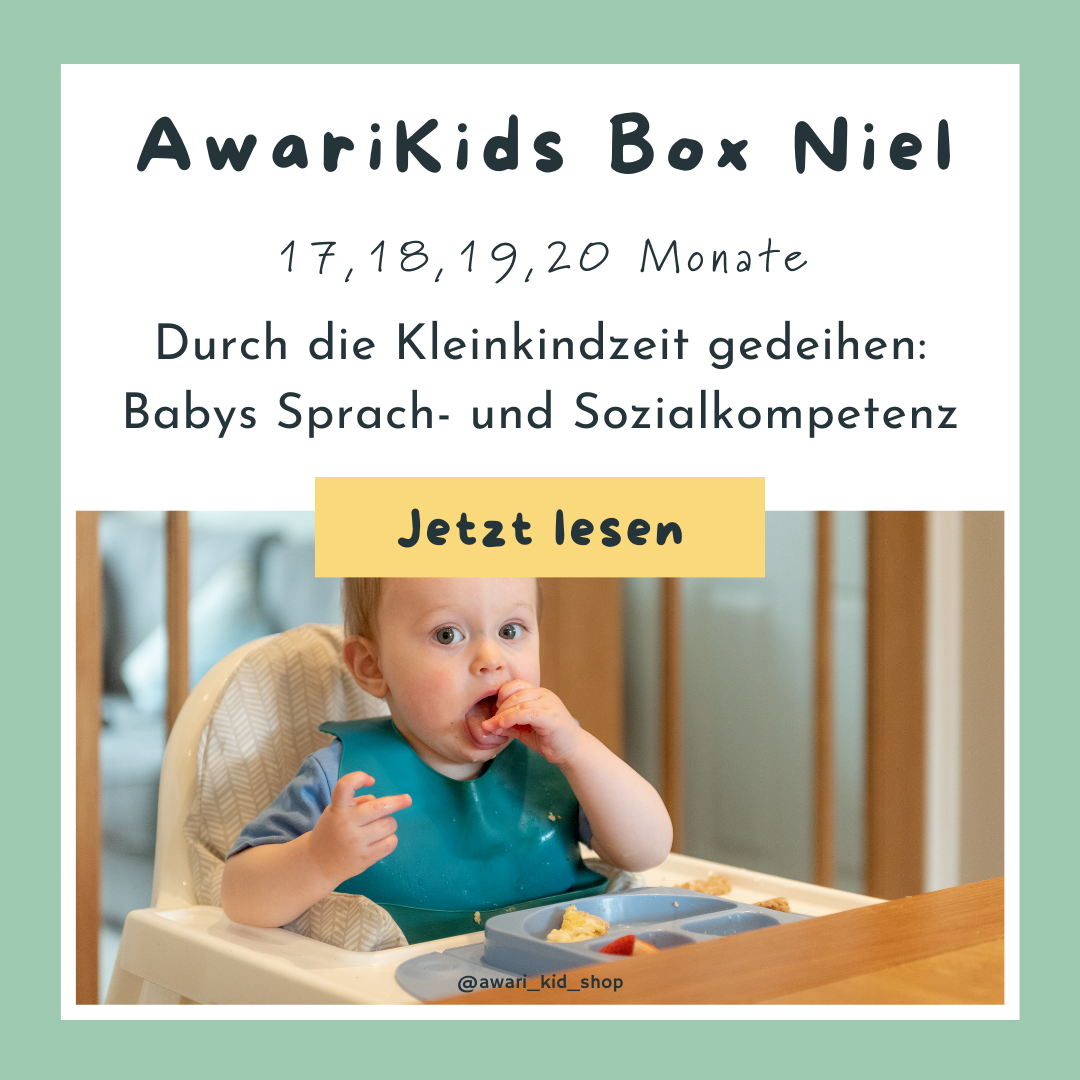The motto of Montessori education is: "Help me to help myself!" This means helping the children to gain independence and self-confidence. The children should learn to understand the world with their own senses. The adults act as observers and provide assistance if necessary. Because children want to recognize connections through their own experience and research and thereby acquire knowledge themselves. And you can already support this with the design of your apartment or children's room.
If you have ever entered a Montessori group room, you will have noticed a few things, the room is designed for the needs of the children. The furniture is adapted to the children's height, the materials/toys are placed at the children's eye level without appearing overloaded and disorganized.
There are a few principles to keep in mind, but with these you can consciously design the rooms for your children. It's not about the rooms being a certain size, or the whole house or furniture being tailored to the size of your child. We have a few tips for you at home that are easy to implement.
- child size: In the areas where your child is active, there should be chairs and tables that are the right height. Your child should be able to place their feet flat. For example, you can use a Tripp Trapp chair at the dining table.
- Independence: The toys and Montessori materials should be arranged on trays or in baskets, and at your child's reach height so that your child can pick them up independently.
- Attractive activities: Your child's activities or toys should be attractively placed on a shelf so that they are inviting.
- A place for everything and everything in its place: Small children in particular have a strong sense of order. A fixed order helps your child to orientate himself and gives him security.
- Beauty at eye level: Art and decorative objects as well as plants should be placed at the children's eye level so that your child can also look at them and enjoy them.
- Less is more: Too many materials and toys overwhelm your child. If your child only has a few, but selected activities, this promotes their concentration. It is important that you only offer activities/materials that your child is learning to master so that they do not feel overwhelmed.
- Sort out and replace: You should sort out activities and materials that your child is not currently using and ideally keep them out of your child's sight. If your child is looking for a new challenge, the materials can then be easily swapped out.
- Seeing the room through the child's eyes: Stand at your child's height and see the room from your child's perspective. Maybe you discover cables or clutter under the shelves, or you realize there is too much in the room, it seems too cluttered.
The basic Montessori equipment for the home
- A small chair and a matching table
- A low shelf
- A bookshelf/case at your child's height
- Low bed that your child can lie down in independently
- A stool so that your child can go to the sink, toilet etc. independently
- Low hooks in the bathroom with the hygiene products your child needs, such as a washcloth, a brush
- Step ladder/learning tower, so your child can help out in the kitchen
- Low coat hooks in the entrance so that your child can take their jacket, backpack, etc. independently



